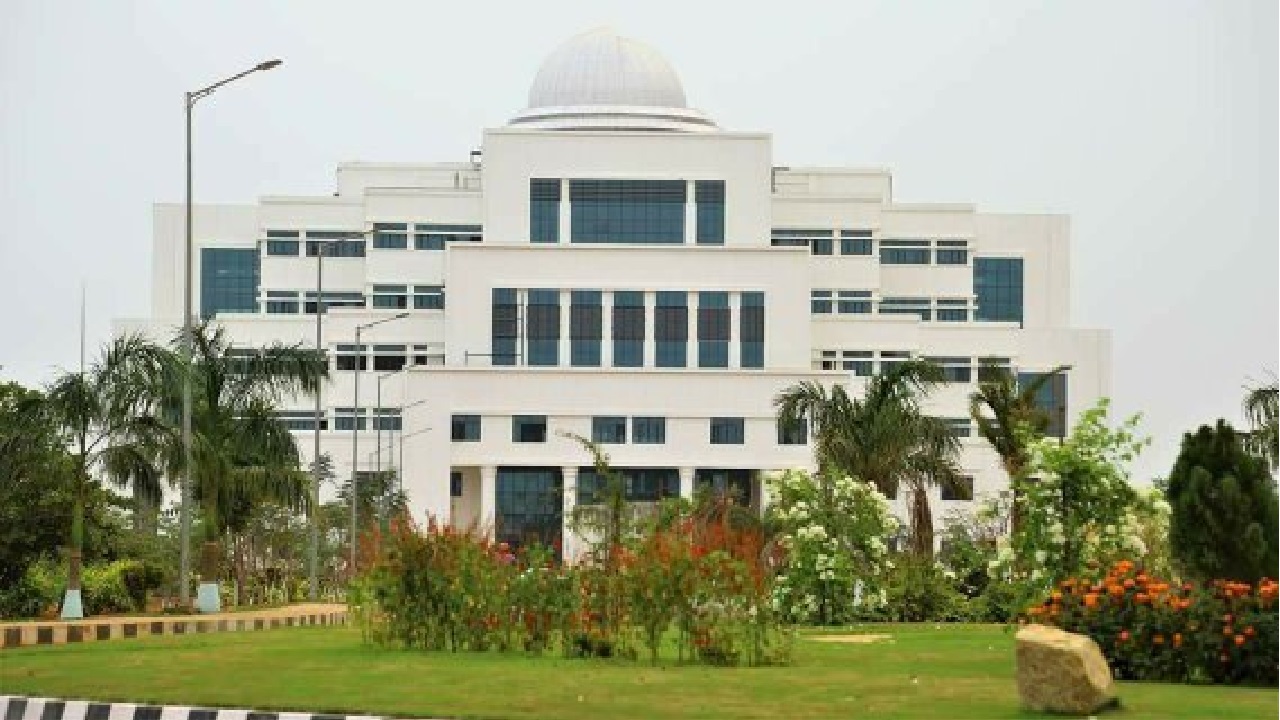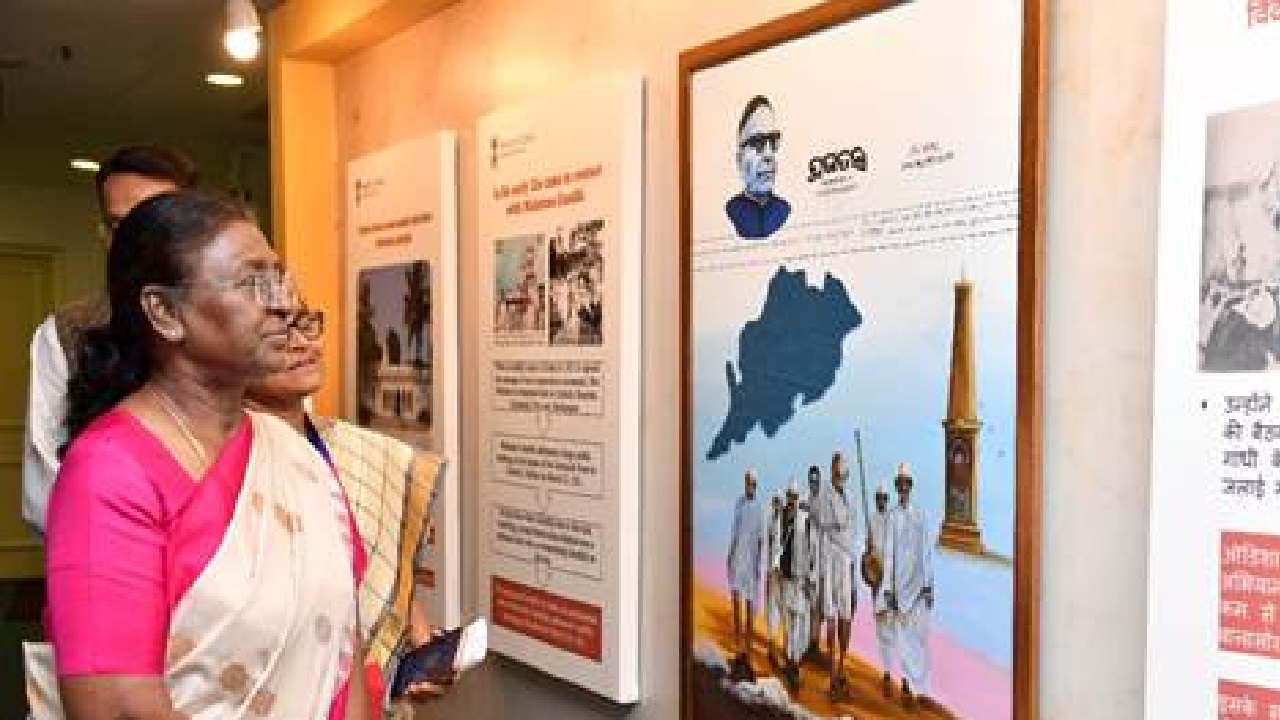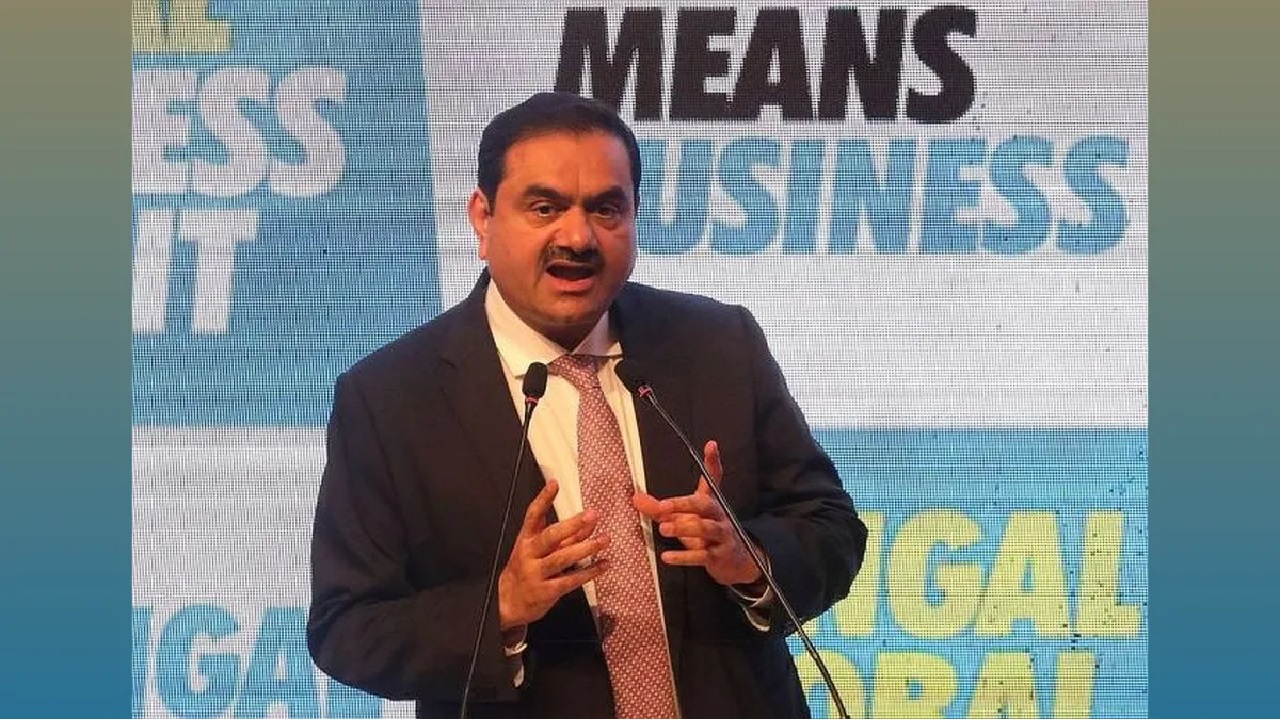
Enhancing Rainfall Forecast Accuracy
IIT-Bhubaneswar has introduced a groundbreaking technology aimed at significantly improving the accuracy of rainfall predictions, particularly during heavy downpours. This new system offers enhanced lead times, which is crucial for timely weather alerts and disaster management.
Integration of Weather Models and Deep Learning
The innovative approach integrates the Weather Research and Forecasting (WRF) model with a deep learning (DL) model. The WRF model provides initial weather forecasts based on atmospheric data, which are then refined and enhanced by the DL model. This integration allows for a more nuanced and accurate prediction of rainfall patterns.
Challenges of Monsoon Weather in India
India’s monsoon season is marked by complex and often unpredictable weather patterns. The Indian Meteorological Department (IMD) plays a critical role in forecasting these patterns. However, traditional forecasting methods sometimes struggle with the dynamic nature of rainfall events, especially in regions prone to severe weather like Assam and Odisha.
Case Studies: Assam and Odisha
The new technology was tested during June 2023, focusing on the challenging terrains of Assam and Odisha. Assam experienced severe flooding between June 13 and 17 due to intense rainfall. The DL model demonstrated its capability by accurately predicting the spatial distribution and intensity of rainfall at a district level, offering valuable insights into flood risks.
Similarly, in Odisha, where rainfall events are influenced by multiple intense monsoon systems, the model effectively managed the dynamic nature of these conditions. By incorporating a spatial-attention module, the technology captures intricate spatial dependencies, leading to more detailed and accurate forecasts.
Significant Performance Improvement
The DL model has shown a marked improvement in prediction accuracy, achieving nearly double the accuracy of traditional ensemble models. With a lead time of up to 96 hours, this technology provides a significant advantage in forecasting and managing severe weather conditions.
This advancement represents a major leap forward in weather forecasting, promising better preparedness and response to extreme rainfall events, and potentially transforming the management of natural disasters in India.
(With inputs from agencies)







